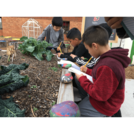
Students will explore the ways that plants get recycled into soil/food for other plants.
- Subject:
- Life Science
- Material Type:
- Lesson Plan
- Author:
- Out Teach
- Date Added:
- 07/22/2021
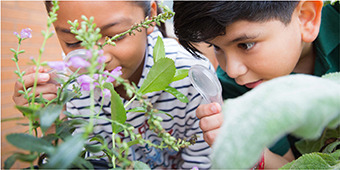

Students will explore the ways that plants get recycled into soil/food for other plants.
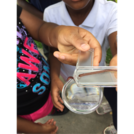
In this lesson, students will use an existing compost pile to make observations that will help them better understand the decomposition process.
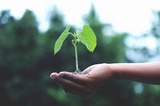
Students explore outdoors to search for plant body parts (roots, stems, leaves, and flowers) and explain the function of each part of the plant as it relates to the plant’s survival. Students then research a vegetable from a list of vegetables commonly grown in a school garden in order to sketch that vegetable with body parts, describe the function of each part, and discuss which body parts are typically eaten. As a mathematics connection, students use triangles and quadrilaterals to create a model of a plant with all four main body parts.

Students know that there are recognizable patterns on earth.To demonstrate the rotation of earth, students will track the shadows on a sundial throughout the day.
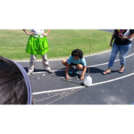
Students know that there are recognizable patterns on earth. To demonstrate the rotation of earth, students will track the shadows on a sundial throughout the day.

Students will explore their outdoor space to construct a definition of the word “food”. Students will makeobservations of the ways in which organisms get energy necessary for survival. As a culminating activity,students will create their own meal menu and provide an explanation of why they chose to include each item intheir meal
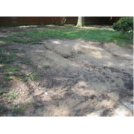
Students will observe and record the changes caused by weathering and erosion from moving water have on limestone.
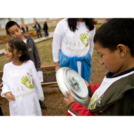
STUDENT ACTIVITY -- 4th -- NCThis is a distance-learning lesson students can complete at home. The student will explore the garden environment for examples of organisms meeting their needs and will be given an event that might cause that organism to thrive, move or perish.This activity was created by Out Teach (out-teach.org), a nonprofit providing outdoor experiential learning to transform Science education for students in under-served communities.
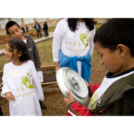
STUDENT ACTIVITY - 4th - NCThis is a distance-learning lesson students can complete at home. The student will explore the garden environment for examples of organisms meeting their needs and will be given an event that might cause that organism to thrive, move or perish.This activity was created by Out Teach (out-teach.org), a nonprofit providing outdoor experiential learning to transform Science education for students in under-served communities.
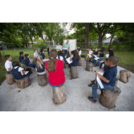
Students will explore the garden environment for examples of organisms having their needs met and will be given an event that might cause that organism to thrive, move or perish.
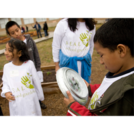
STUDENT ACTIVITY - 3rd - TX/GAThis is a distance- learning lesson students can complete at home.Students will explore the outdoors for examples of organisms having their needs met and will be given an event that might cause that organism to thrive, move, or perish.This activity was created by Out Teach (out-teach.org), a nonprofit providing outdoor experiential learning to transform Science education for students in under-served communities.
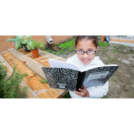
In this lesson, students will conduct experiments simulating erosion by pouring water on various surfaces in the outdoor classroom.

Students will read the provided complex text about erosion and use the outdoor space to verify or deny the content of the text in the real-world setting.
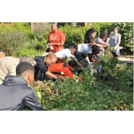
Students will read the provided complex text about erosion and use the outdoor space to verify or deny the content of the text in the real-world setting.

Students explore the school outdoor space and/or school garden to make observations of different objects found there. They collect three objects and place them in a paper bag. Back in the classroom they give clues to their classmates based on the object’s properties so that classmates can guess the objects in the bag. Students then work in groups of four to sort all their objects based on different properties.
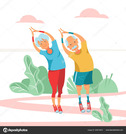
Students actively engage in physical activity while making observations about the effects that movement/exercise has on their body. Students then research the positive health impacts of exercise and why they should reduce screen time and build healthy sleep habits. Ultimately, students develop a plan for making healthier choices at home and at school.
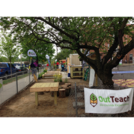
STUDENT ACTIVITY - K -- VAThis is a distance-learning lesson students can complete at home.Students will identify 5 senses and use them to make observations of the natural world.This activity was created by Out Teach (out-teach.org), a nonprofit providing outdoor experiential learning to transform Science education for students in under-served communities. .
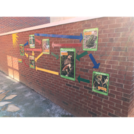
Students will learn about the ways garden organisms depend on each other for survival and create "human" food chains to show how energy is transferred from the sun to living things.
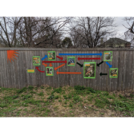
Students will observe organisms in their ecosystem and describe the flow of energy in food webs
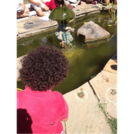
Students will explore the garden for different forms of energy including mechanical, electrical, light, thermal and sound energy.